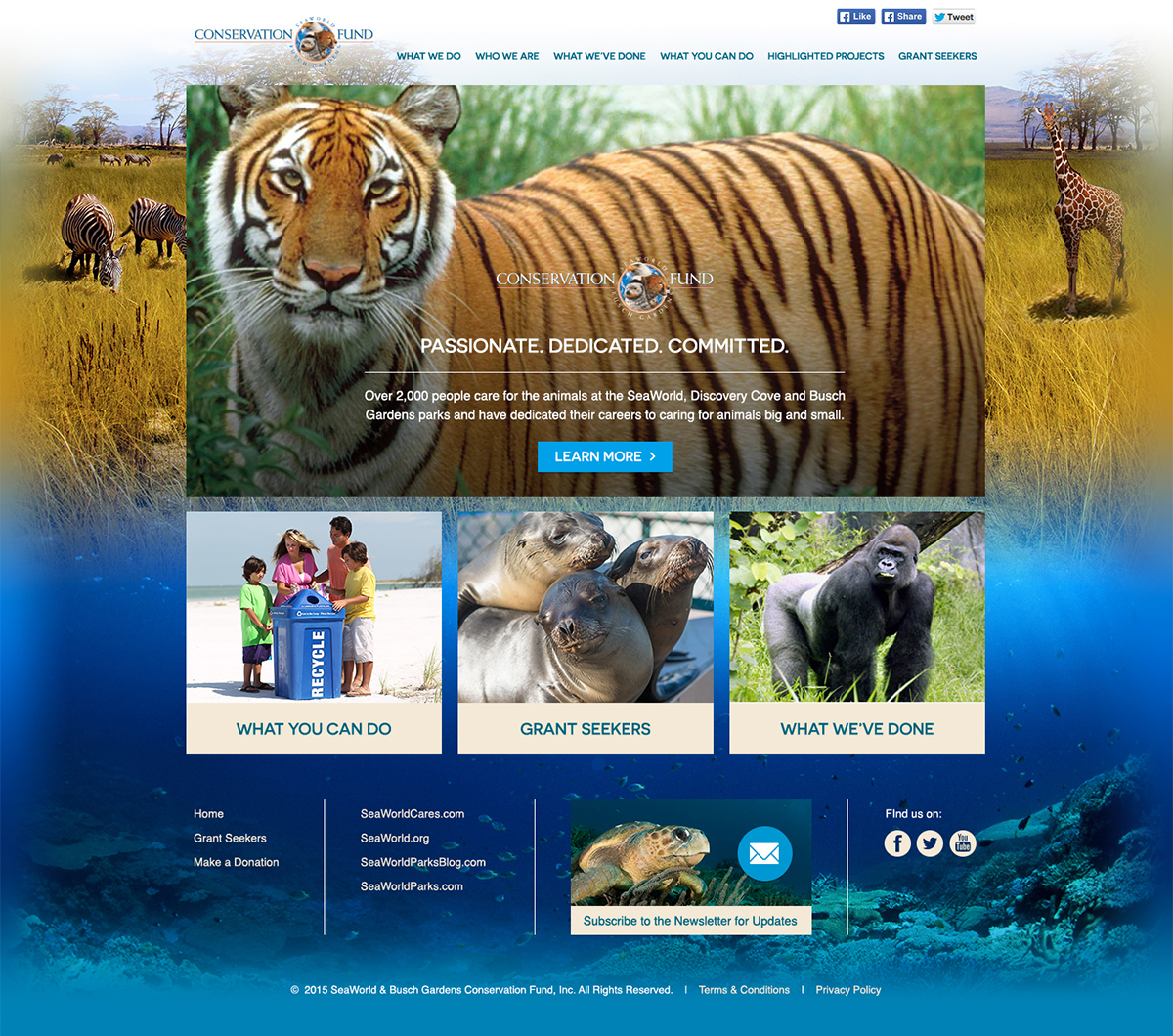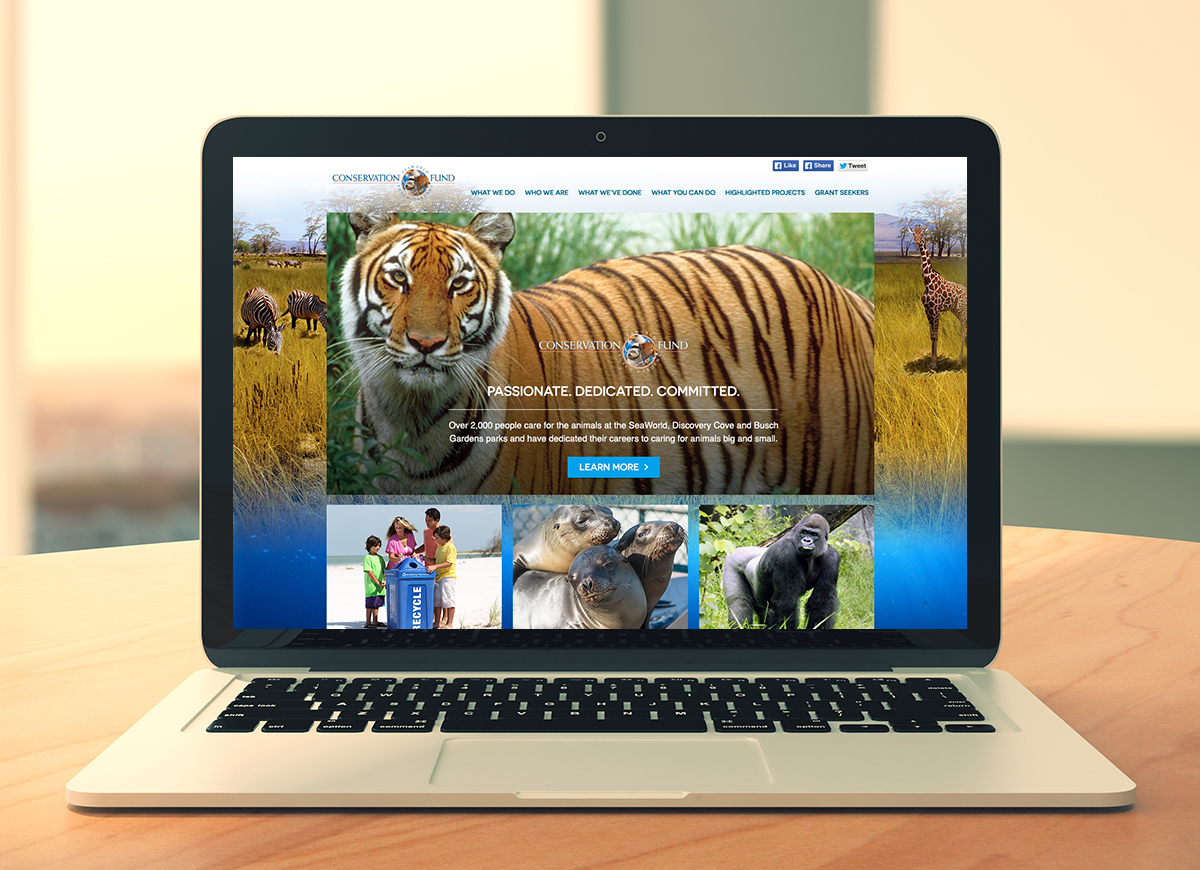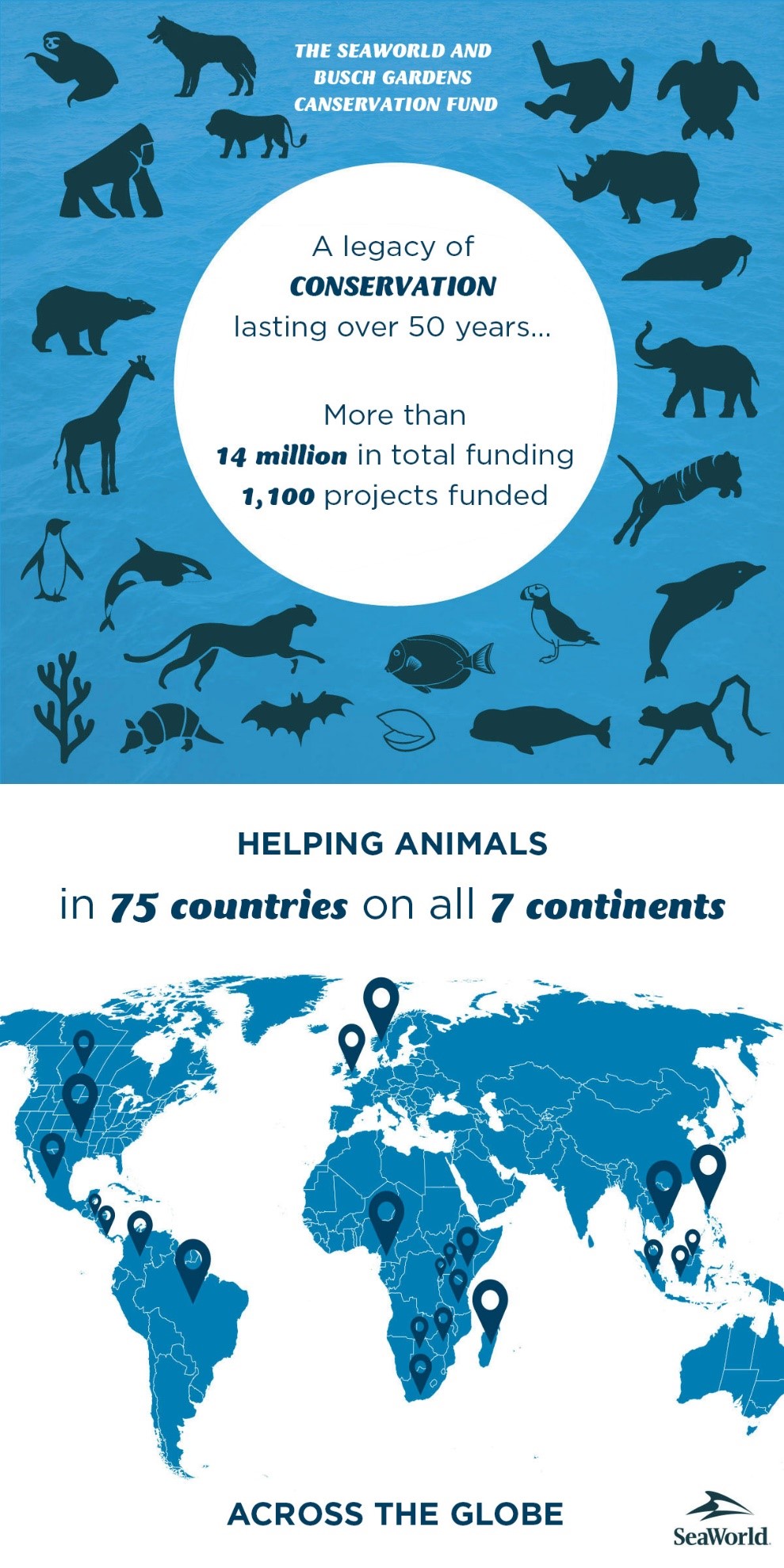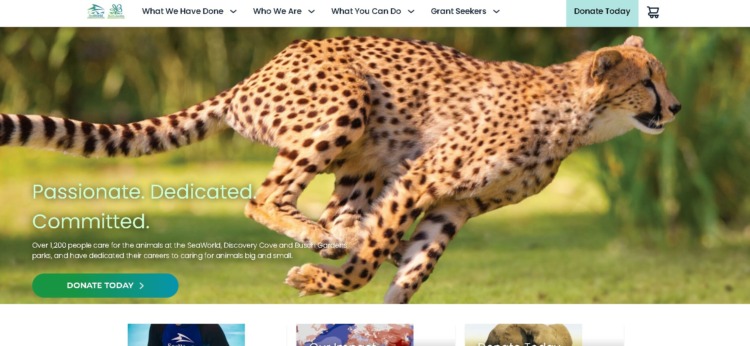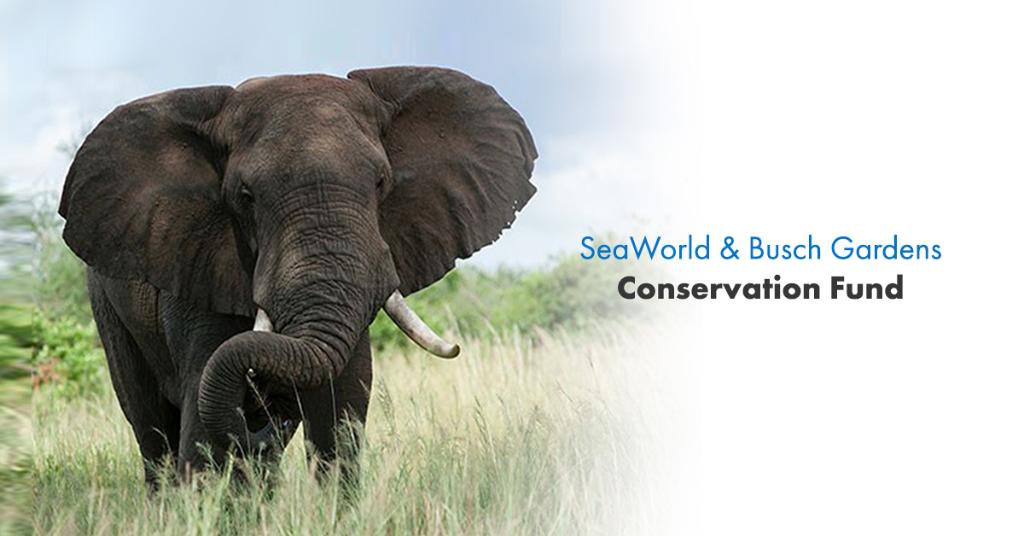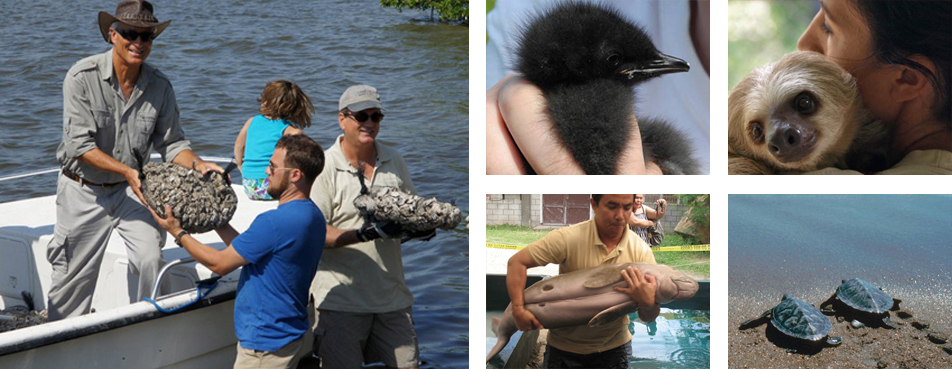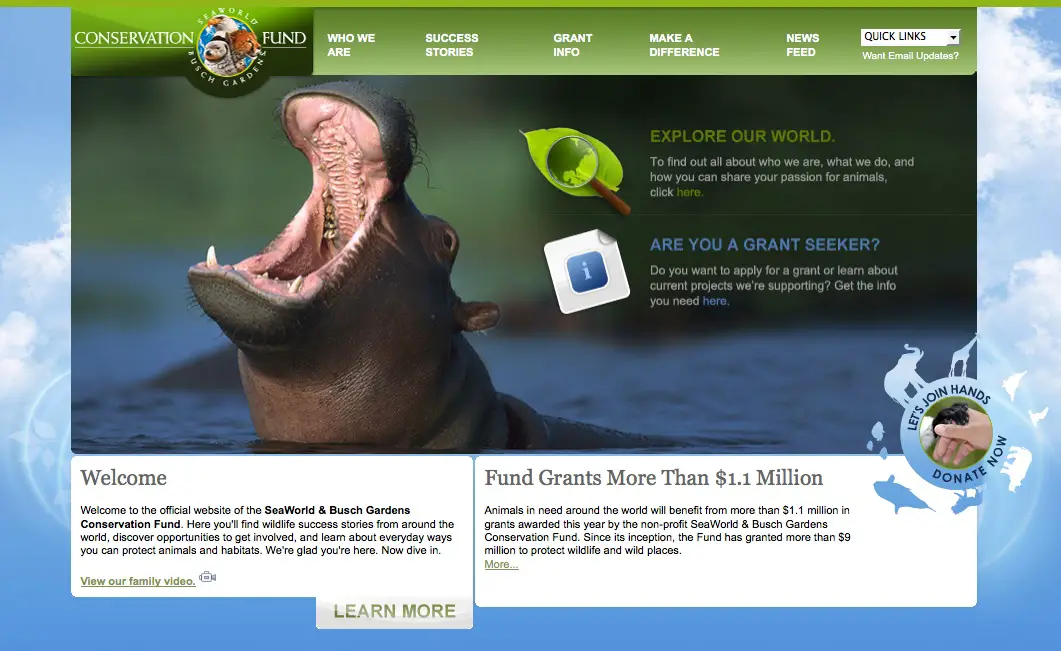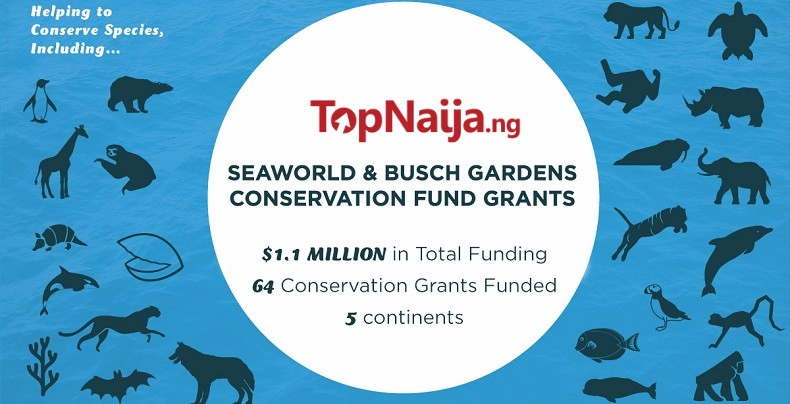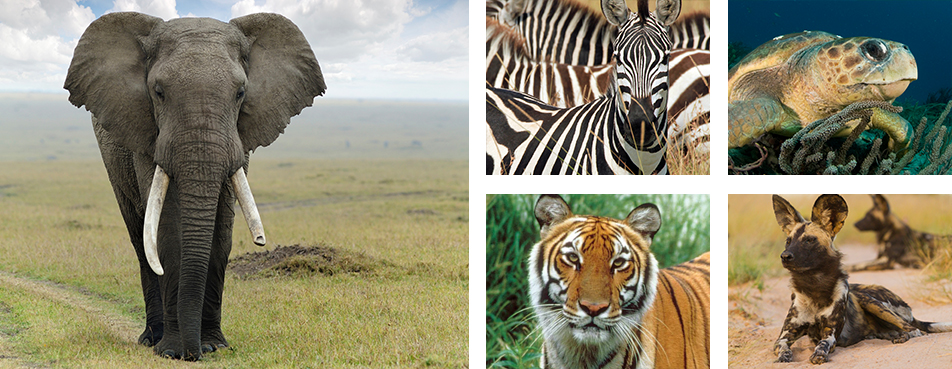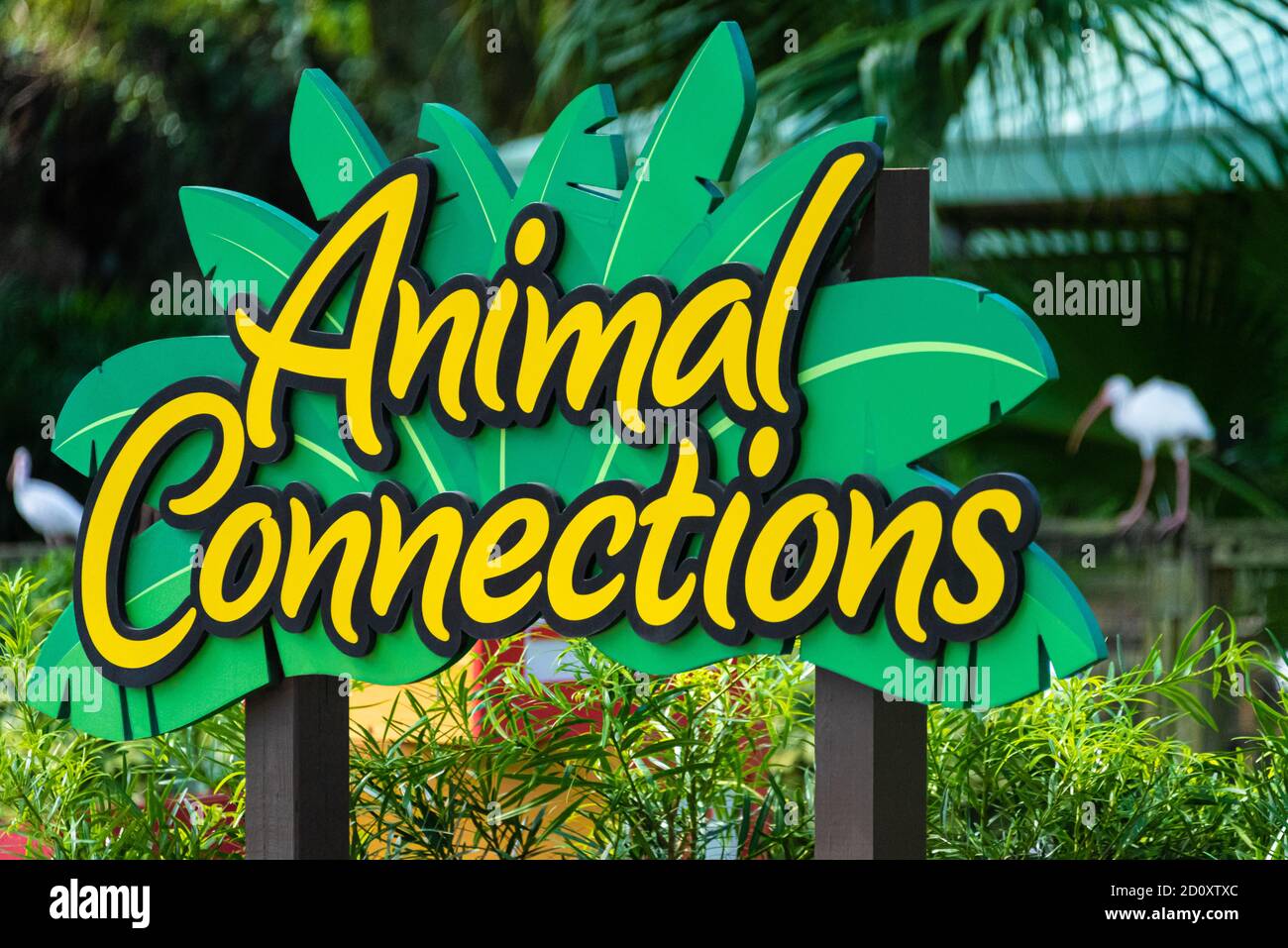Seaworld And Busch Gardens Conservation Fund

Amidst evolving perceptions of marine parks, the SeaWorld and Busch Gardens Conservation Fund quietly continues its work, directing millions of dollars towards wildlife conservation, research, and education projects around the globe. Since its inception in 2003, the Fund has positioned itself as a significant player in the conservation landscape, supporting initiatives that span from protecting endangered species to empowering local communities.
This article will explore the scope of the Fund’s operations, highlighting its key initiatives, partnerships, and the overall impact it has on wildlife conservation. It aims to provide an objective overview of the Fund’s activities, separating its philanthropic endeavors from the broader controversies surrounding its parent companies, SeaWorld and Busch Gardens.
The Fund's Mission and Scope
The SeaWorld and Busch Gardens Conservation Fund is a 501(c)(3) non-profit organization dedicated to supporting conservation projects worldwide. Its mission centers around protecting wild animals and their habitats, primarily through financial grants and collaborative partnerships.
The Fund focuses on several key areas: species conservation, habitat preservation, animal rescue and rehabilitation, and conservation education. Funding supports projects ranging from tracking endangered sea turtles in the Atlantic Ocean to protecting African elephants from poaching.
Dr. Chris Dold, Chief Zoological Officer of SeaWorld Parks & Entertainment and a board member of the Conservation Fund, emphasizes the importance of these initiatives. He notes that the Fund's work complements the conservation efforts undertaken within SeaWorld and Busch Gardens themselves, extending their reach to global conservation challenges.
Key Initiatives and Partnerships
The Fund collaborates with a diverse network of organizations, including universities, research institutions, and local conservation groups. This collaborative approach allows the Fund to leverage expertise and resources, maximizing the impact of its investments.
One notable partnership is with the University of Florida's Archie Carr Center for Sea Turtle Research. This collaboration supports critical research on sea turtle populations, migration patterns, and threats to their survival.
Another example is the Fund's support for anti-poaching efforts in Africa, specifically focused on protecting elephants and rhinos. These initiatives involve providing resources and training to local rangers, helping them to combat poaching and protect wildlife populations.
Grant Allocation and Transparency
The Fund’s website provides some information on grant allocation, listing supported projects and partners. However, detailed financial breakdowns are not readily available to the public, which can raise questions about transparency.
The Fund has awarded over $19 million in grants since its inception. This funding has supported over 1,200 projects across six continents.
While the impact of each individual grant varies, the Fund emphasizes the importance of rigorous evaluation to ensure that its investments are effective in achieving conservation goals. They claim that they have a detailed review process for grant proposals to determine which projects will receive assistance.
Impact and Criticism
The SeaWorld and Busch Gardens Conservation Fund has undoubtedly contributed to wildlife conservation efforts worldwide. Numerous species have benefitted from the projects it supports, and its focus on education has helped to raise awareness about conservation issues.
However, the Fund's association with SeaWorld, a company that has faced significant criticism for its treatment of marine mammals, inevitably raises questions about its credibility. Some critics argue that the Fund's philanthropic activities serve as a form of "greenwashing," designed to improve SeaWorld's public image and distract from its controversial practices.
Despite these criticisms, many conservationists recognize the value of the Fund's contributions. They argue that regardless of the motivations behind its creation, the Fund is making a tangible difference in protecting wildlife and supporting conservation efforts.
A Human-Interest Angle: Empowering Local Communities
Beyond supporting scientific research and anti-poaching efforts, the Fund also invests in projects that empower local communities to participate in conservation. This approach recognizes that long-term conservation success depends on engaging and supporting the people who live alongside wildlife.
For example, the Fund has supported initiatives that provide alternative livelihoods for communities that traditionally rely on hunting or fishing. By offering training and resources for sustainable agriculture or ecotourism, these projects help to reduce human-wildlife conflict and promote conservation.
One such project involves training local villagers in Tanzania to become wildlife guides. This provides them with a sustainable income while also encouraging them to protect the wildlife in their area, creating a win-win situation for both people and animals.
Looking Ahead
The SeaWorld and Busch Gardens Conservation Fund is positioned to continue its work in the years to come. The organization aims to expand its reach and increase its impact by forging new partnerships and exploring innovative conservation strategies.
As awareness of conservation issues grows, the Fund’s role in supporting these efforts will likely become even more important. While questions about its connection to SeaWorld will persist, its dedication to protecting wildlife and supporting conservation remains a significant aspect of its identity.
Whether viewed as a genuine effort to make a difference or a calculated public relations move, the SeaWorld and Busch Gardens Conservation Fund represents a complex intersection of corporate interests and conservation goals. Its impact on the world's wildlife is undeniable, and its future efforts will be closely watched by both supporters and critics alike.

